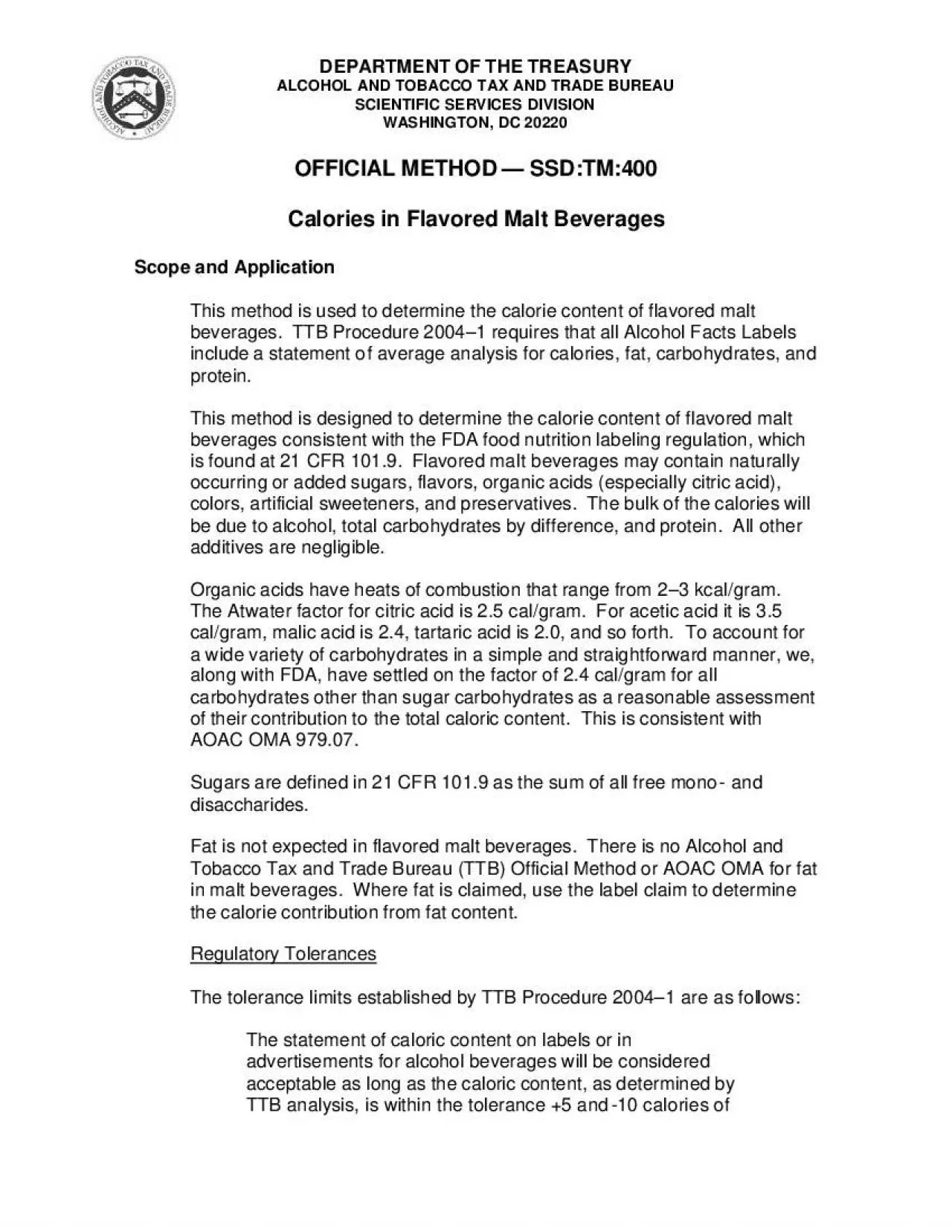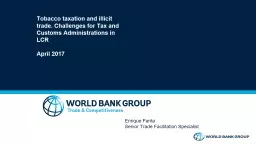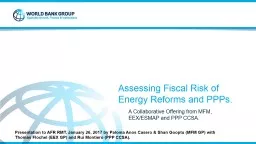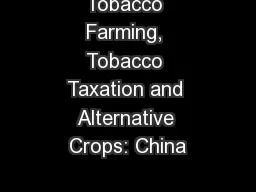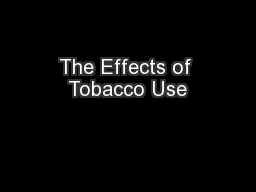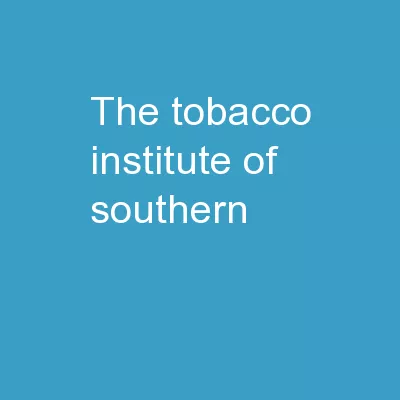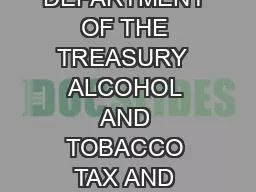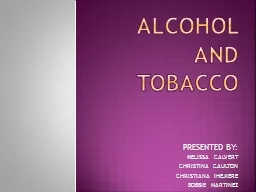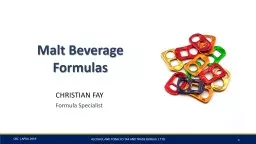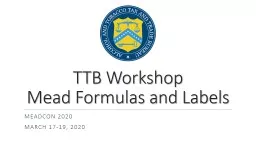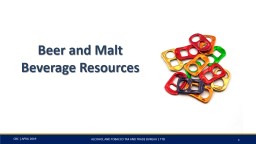PDF-DEPARTMENT OF THE TREASURY ALCOHOL AND TOBACCO TAX AND TRADE BUREAU
Author : rose | Published Date : 2021-10-10
OFFICIAL METHOD 151 SSDTM400 Calories in Flavored Malt Beverages Scope and Application This method is used to determine the calorie content of flavored malt beverages
Presentation Embed Code
Download Presentation
Download Presentation The PPT/PDF document "DEPARTMENT OF THE TREASURY ALCOHOL AND ..." is the property of its rightful owner. Permission is granted to download and print the materials on this website for personal, non-commercial use only, and to display it on your personal computer provided you do not modify the materials and that you retain all copyright notices contained in the materials. By downloading content from our website, you accept the terms of this agreement.
DEPARTMENT OF THE TREASURY ALCOHOL AND TOBACCO TAX AND TRADE BUREAU: Transcript
Download Rules Of Document
"DEPARTMENT OF THE TREASURY ALCOHOL AND TOBACCO TAX AND TRADE BUREAU"The content belongs to its owner. You may download and print it for personal use, without modification, and keep all copyright notices. By downloading, you agree to these terms.
Related Documents

